Xinjiang Uyghur Autonomous Region, often abbreviated as “Xin,” is located in northwestern China. It’s the largest provincial-level region by land area, covering one-sixth of the country. This remote and culturally diverse region is where East meets West. Its capital, Urumqi, holds the distinction of being the farthest city from any ocean in the world. Other cities like Kashgar, Yining, and Turpan each showcase their own unique blend of ethnic heritage, history, and breathtaking landscapes.
The terrain here is astonishingly varied—towering snow-capped mountains, scorching deserts, lush grasslands, and fertile oases. With ethnic groups like the Uyghurs, Kazakhs, Han Chinese, Hui, and Mongols living side by side, Xinjiang is a melting pot of cultures, cuisines, and customs. Whether you’re drawn to nature, culture, or history, Xinjiang promises an unforgettable adventure.
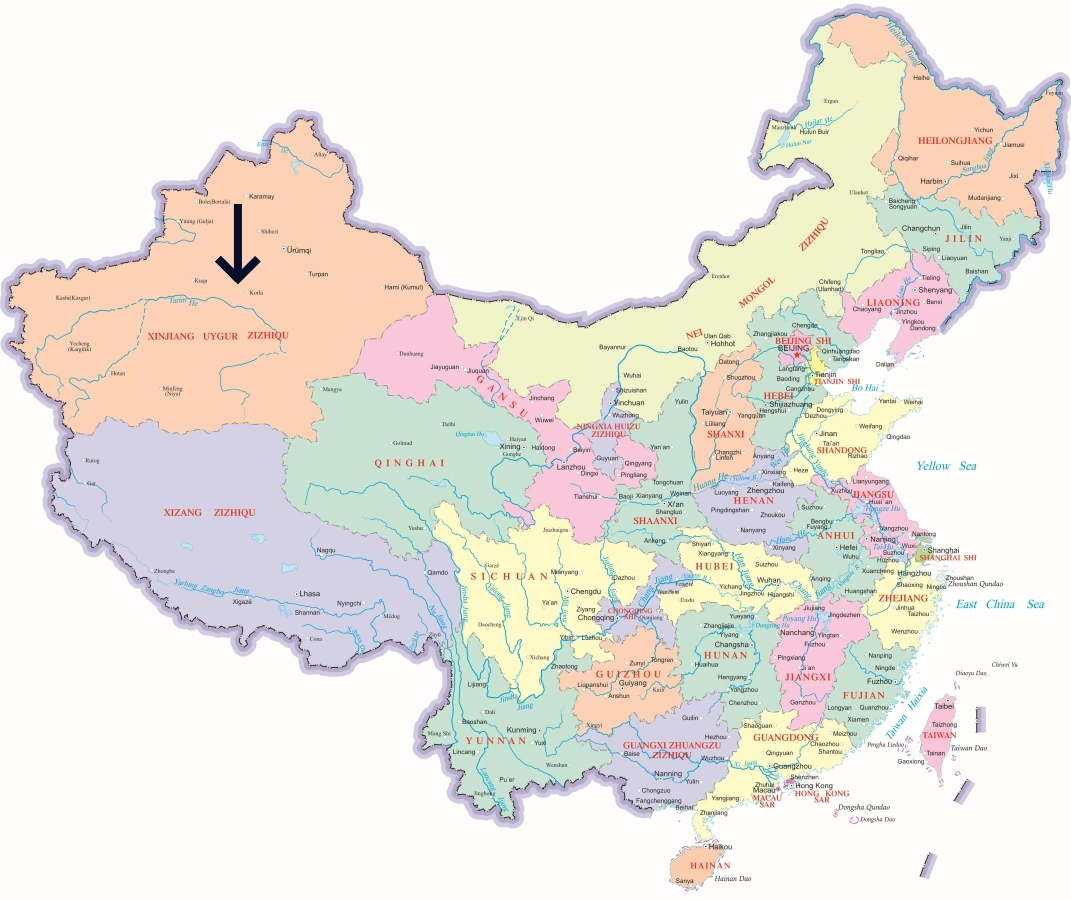
Xinjiang has 14 prefecture-level divisions, including cities and autonomous prefectures. Each one presents a distinctive character shaped by geography, history, and culture. Whether you’re looking for desert adventures, highland pastures, or traditional marketplaces, there’s a destination here for you.
Popular spots like Urumqi, Kashgar, Yining, and Turpan are traveler favorites. But don’t overlook Altay, Korla, Hotan, Changji, and Hami—these areas are filled with off-the-beaten-path experiences and authentic local charm.
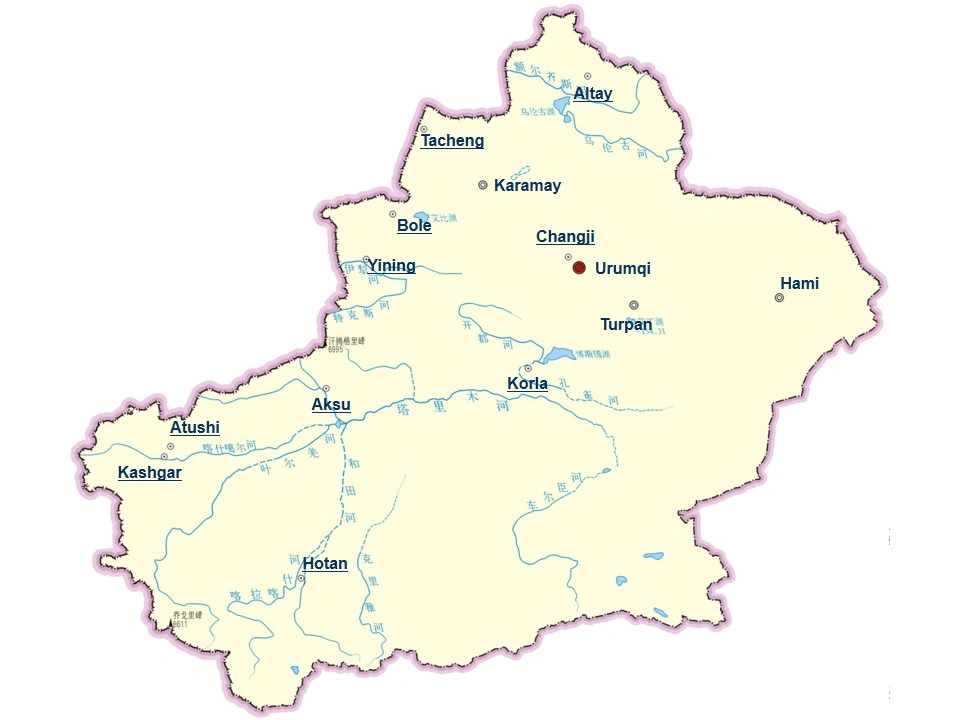
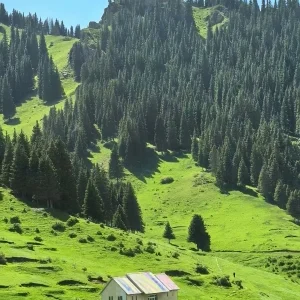
The capital city and economic hub of Xinjiang, Urumqi is modern yet deeply tied to Central Asian culture. Don't miss Tianchi Lake, Red Hill Park, and the vibrant Xinjiang International Grand Bazaar.
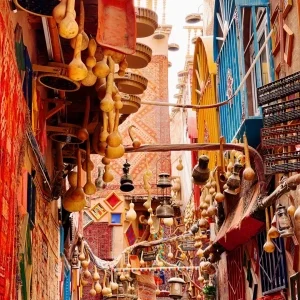
A historic trading post along the Silk Road, Kashgar is best known for its well-preserved Old Town, the grand Id Kah Mosque, and the Tomb of Xiangfei (Fragrant Concubine). It’s the heart of Uyghur culture.
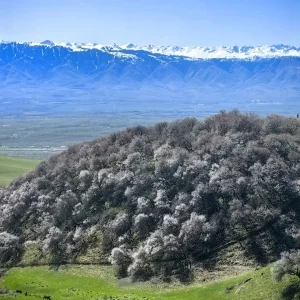
Nestled in the Ili River Valley, Yining boasts pleasant weather and stunning scenery. Visit Sayram Lake, Nalati Grassland, and fields of lavender in summer. It’s often called the “Provence of China.”
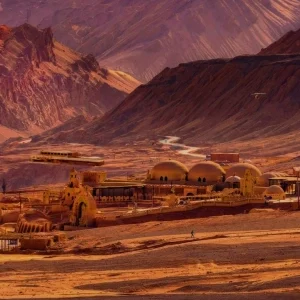
One of the hottest places in China, Turpan is known for the Flaming Mountains, the ancient Karez water system, and the famous Grape Valley. It’s a classic oasis town with a rich Silk Road history.
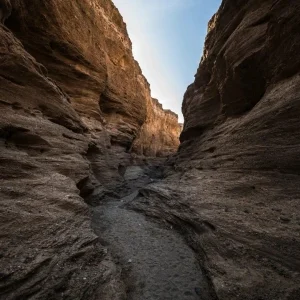
As the capital of the Bayingolin Mongol Autonomous Prefecture, Korla is surrounded by desert, lake, and forest. Explore Bosten Lake, the Peacock River, and the mysterious Lop Nor region.
Xinjiang offers one of the most diverse travel experiences in China. From glacial lakes and towering peaks to bustling bazaars and desert ruins, it’s a paradise for adventurers, photographers, and culture lovers alike.
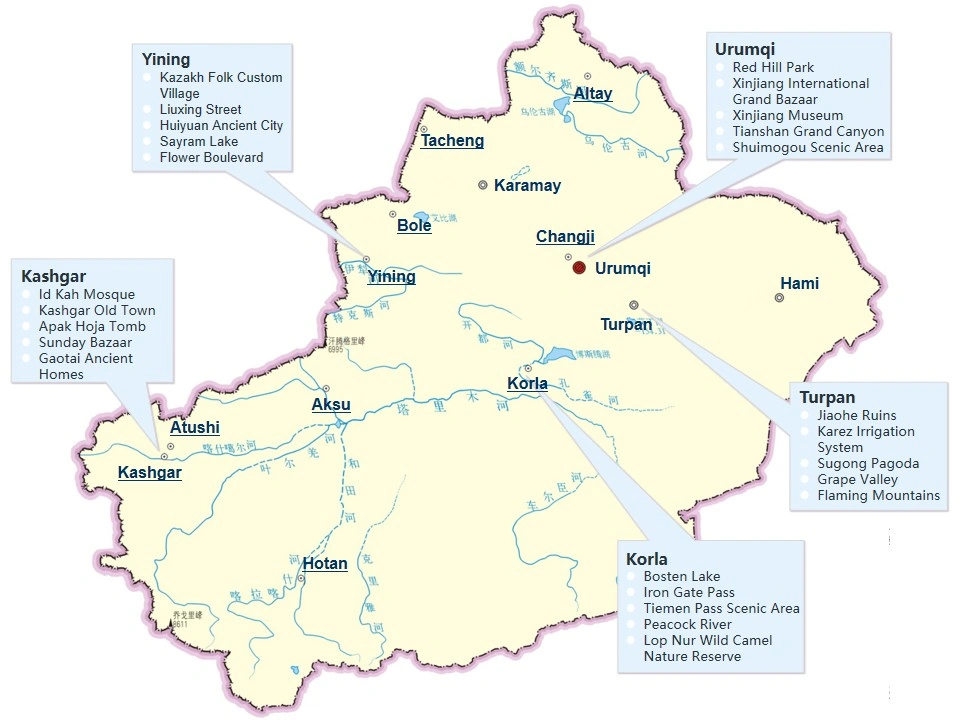
-300x300.webp)
A stunning alpine lake surrounded by snow-capped peaks. Its calm, clear waters and fresh mountain air make it a perfect escape from city life.
-300x300.webp)
Walk through narrow alleys lined with mud-brick houses, lively markets, and centuries-old mosques. This is one of the best places to experience traditional Uyghur life.
-300x300.webp)
Known as “the last tear of the Atlantic,” Sayram Lake is crystal clear, reflecting the sky and surrounding grasslands. Summer is the best time for camping and horseback riding.
-300x300.webp)
These fiery red ridges become scorching hot in summer and were immortalized in the classic Chinese novel Journey to the West.
-300x300.webp)
One of China’s top four alpine meadows. Ride horses with Kazakh herders, camp under the stars, and enjoy the wildflowers in full bloom during summer.
-300x300.webp)
This lush, shaded oasis is packed with grapevines, traditional dwellings, and cool wine cellars. It’s also a great place to try Xinjiang’s sweet fruits and local snacks.
Xinjiang food blends influences from Central Asia and the Middle East. You’ll find bold flavors, aromatic spices, and hearty portions—especially meat and noodles. Every region has its specialties, and the food is a key part of the travel experience.
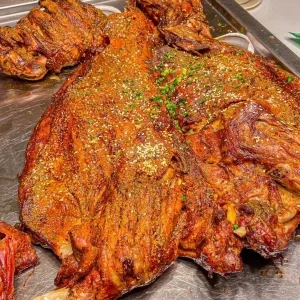
Served during festivals and feasts, this dish features crispy skin and tender meat, often flavored with cumin and chili.
-300x300.webp)
A Uyghur staple made with rice, lamb, carrots, and raisins. It’s cooked in a large pot and full of sweet and savory flavors.
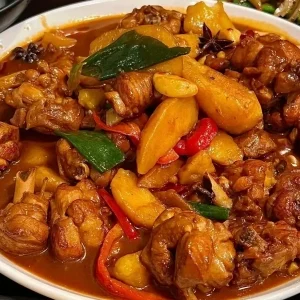
This spicy chicken stew is served over wide, chewy noodles. Originating from southern Xinjiang, it’s ideal for sharing.
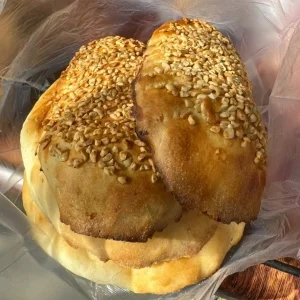
A daily staple baked in clay ovens, it comes in many varieties—onion-flavored, sesame-covered, or stuffed. Great with milk tea or meat dishes.
-300x300.webp)
These long, hand-pulled noodles are stir-fried with beef or lamb and vegetables in a tomato-based sauce.
-300x300.webp)
Nomadic Kazakh and Mongol communities traditionally drink salted milk tea and serve thick, tart yogurt. It’s both refreshing and nourishing on the high plains.
Xinjiang covers around 1.66 million square kilometers, making it China’s largest provincial region. The permanent population is approximately 25 million. Here’s a breakdown by region:
Note: Population numbers are based on the latest estimates and may vary slightly.
Xinjiang has a dry, continental climate with long sunshine hours and low humidity. Northern Xinjiang sees four seasons, while southern Xinjiang is hot and arid. Here’s what to expect month by month:
Best travel season: May to October.
Here are the postal and telephone codes for major cities in Xinjiang:

 English (Malaysia)
English (Malaysia)